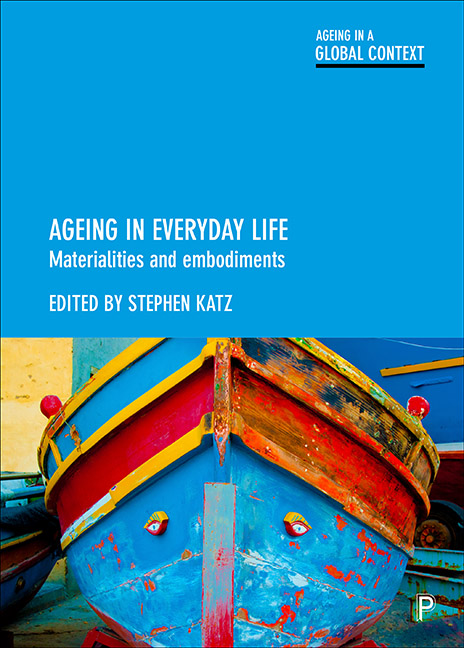Three - Reinventing the nursing home: metaphors that design care
Published online by Cambridge University Press: 22 April 2022
Summary
Introduction
Nursing homes are usually considered places of last resort – places imbued with our fears of ageing, dependence, frailty and dying (Vladeck, 2003). No doubt this reputation is also related to the long-term care sector's historical connections to the poor house and insane asylum (Struthers, 1998; Ward-Griffin and Marshall, 2003). Reinforcing nightmare visions of the nursing home are news media reports of scandal, violence and mistreatment (Lloyd et al, 2014). The resulting nursing home social imaginary, reflected and disseminated in film, fiction, news reports and academic panels, is of decrepit, demented people who are neglected and abused by unreliable, uncaring staff, rejected by hapless, heartless families and over-medicated by indifferent, incapable medical experts.
In response, the nursing home sector has been active in resisting and overcoming this negative image. Designers, regulators, researchers, funders, advocates and operators have been reimagining the nursing home, working to escape its poor reputation through design. They have adapted the architecture, furnishings, décor, spatial and social arrangements of familiar environments with positive associations, such as ‘home’, ‘hotel’, ‘village’ and ‘hospital,’ to produce new forms of nursing home care.
In this chapter, I argue that using adaptations of dominant forms of social arrangements as the basis for nursing home redesign results in a reinstitution of inequities for older people and those who care for them, despite the best intentions of the designers. These adaptations limit what we imagine for adults in late life – and for our elderly selves – to what is familiar, rather than respond to what may be more equitable and comfortable. Throughout the chapter my goal is to make connections between these spaces of care, everyday life and critical research on ageing.
This argument developed through conducting two research projects in 2011-14: a project that explored long-term care design regulations and their consequences in Nova Scotia and Ontario, Canada and an international project that identified promising practices in long-term residential care. The first project involved collecting and analysing design information and photographs from 71 long-term care homes, 21 key informant interviews and field notes from 14 site visits (Braedley and Martel, 2015). The second project used rapid site-switching ethnography (Baines and Cunningham, 2011) to study long-term care homes in Canada, Sweden, UK and the US, selected for their potential for promising practices.
- Type
- Chapter
- Information
- Ageing in Everyday LifeMaterialities and Embodiments, pp. 45 - 62Publisher: Bristol University PressPrint publication year: 2018
- 1
- Cited by



